
Between 1932 and 1935, for the sum of 24 million Belgian Francs, Fort Eben-Emael was built on a strategically important place to defend the eastern border of Belgium and to safeguard the roads south of Maastricht coming from Holland. As a part of the “Fortified position of Liège” (PFL I) the fort was the most advanced and prestigious fortification of its kind in that period of time. It was thought to be invincible due to it’s modern weaponry and good location, with a clear view over the Albert Canal, guarding the bridges of Vroenhoven, Veldwezelt and Kanne and the Dutch territory around Maastricht.


Tunnel system
Hidden deep beneath the rock solid Plateau of Caestert (Sint Pietersberg) 17 bunkers of different types lay hidden over a periphery of 75 acres shaped in a triangular form. The fort’s defense blocks, casemates, observation posts and gun cupola’s were interconnected by a large tunnel system with a total length of 5.5 kilometers. Fort Eben Emael was designed to endure a long siege, for which an underground base was constructed at a depth of 60 meters, complete with all kinds of modern facilities like dormitories, bathrooms with showers, kitchens and even a hospital. The fort could house a total garrison of around 1200 men.
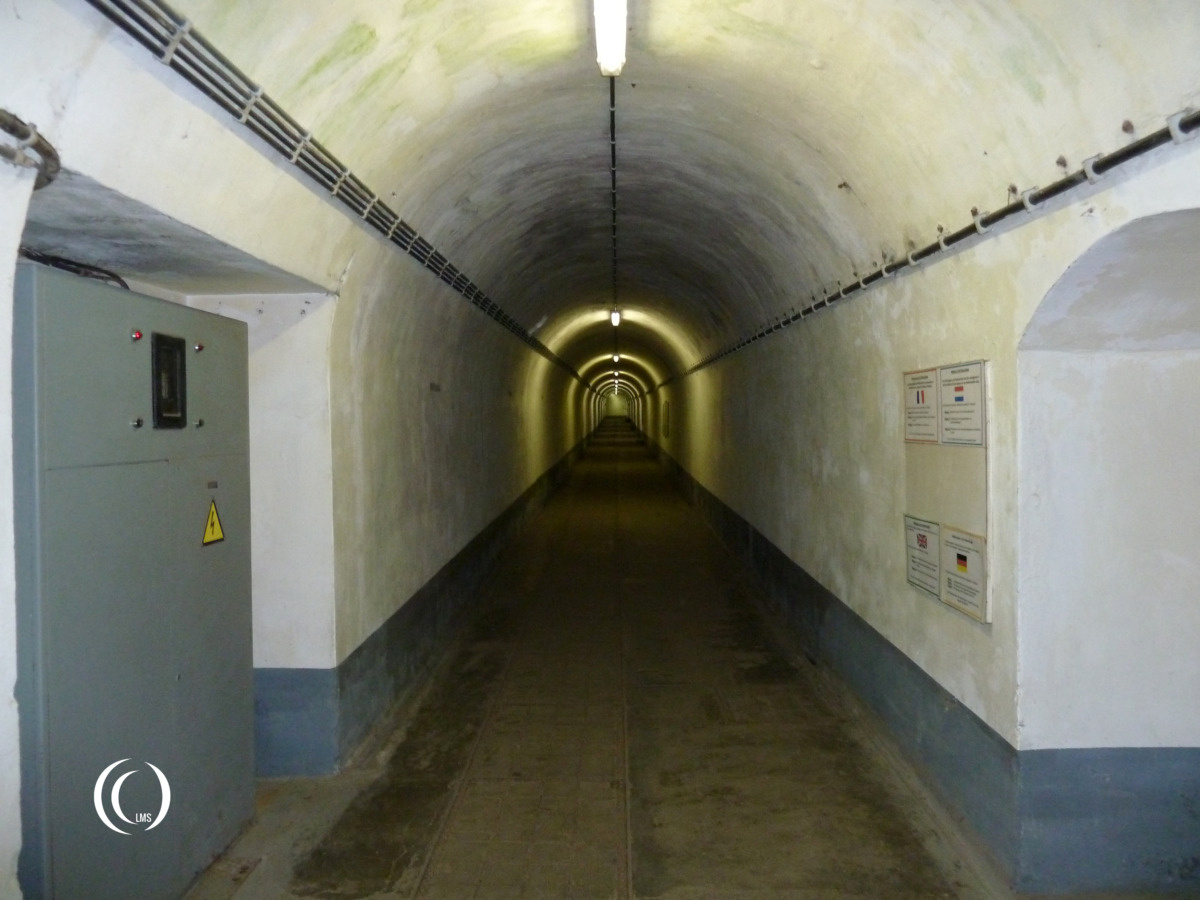

Above is a view of the modern draw bridge at the fort entrance. The wooden deck could be pulled into the wall on the left, leaving a 4 meters deep vault for the attackers to fall into. A grenade could be thrown into the vault through a hole in the wall, to kill the trapped attackers.

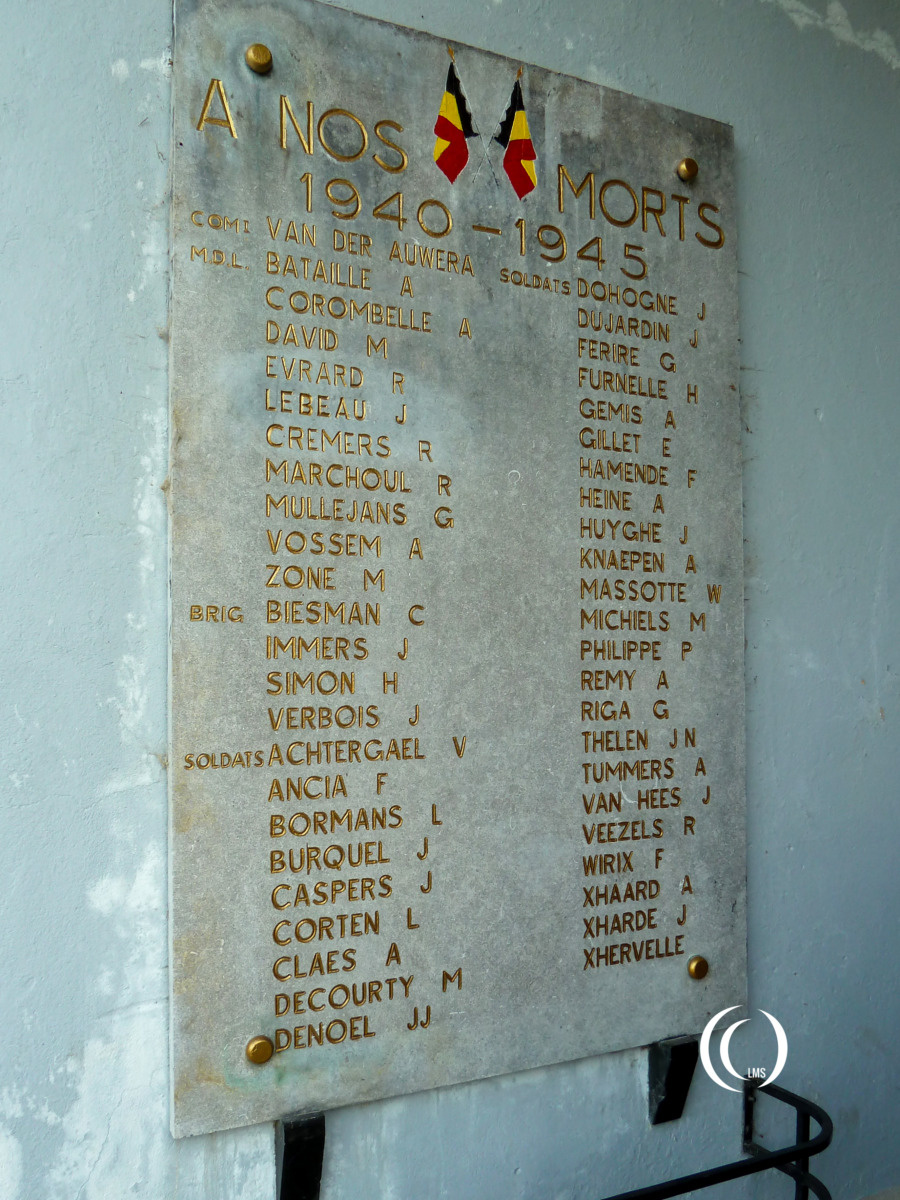



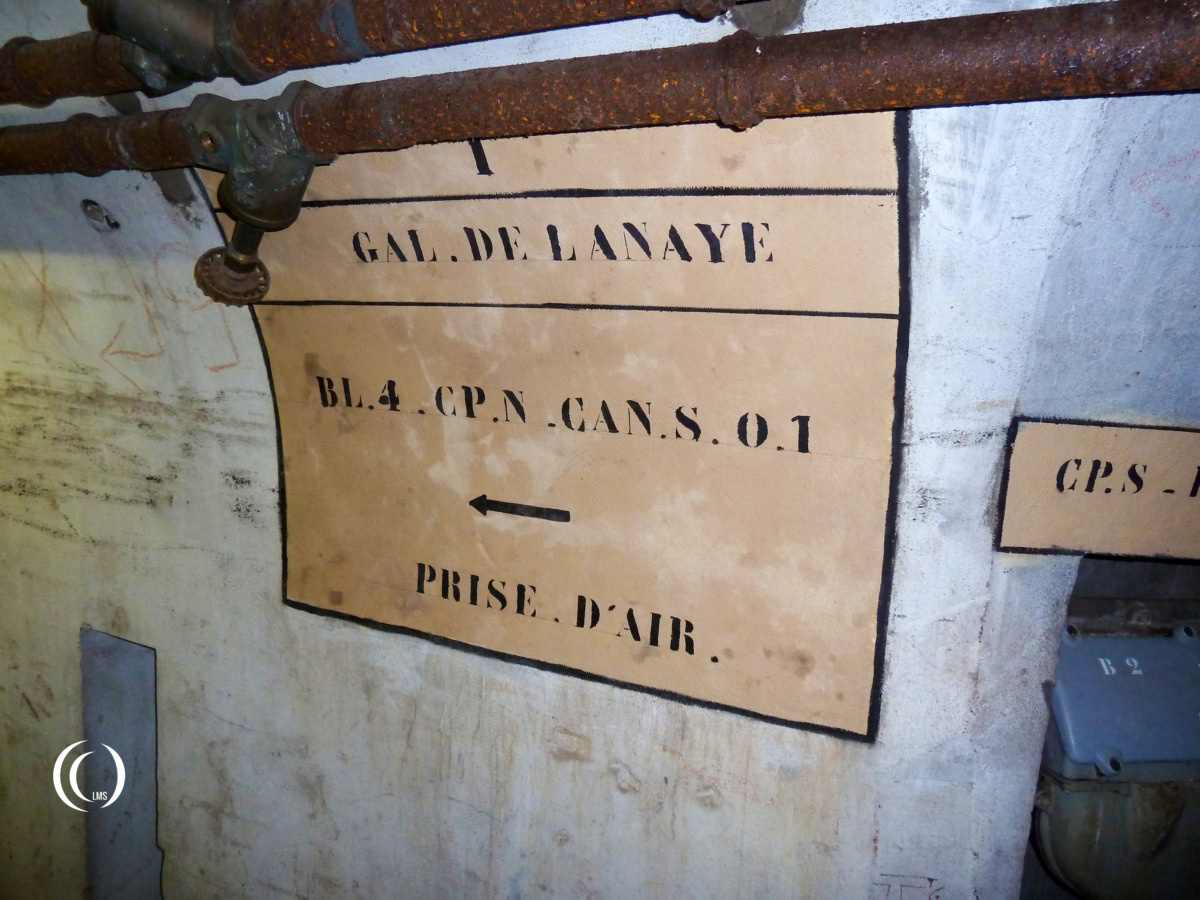



Armament
Fort Eben-Emael was equipped with heavier guns than the other fortresses in the PFL I perimeter defending Liege. On top it had one large turret armed with 120 mm guns, two turrets armed with dual 75 mm rapid firing guns, all could rotate 360 degrees and two MG stands. Casemates with three 75 mm guns each protected the outer walls of the fort and eight more armed with 60 mm anti-tank guns, twin-mounted machine guns and search lights covered the forts entrances and accessible roads.
FRC C 60 Anti-Tank gun
This gun was a Belgian designed and manufactured 60 mm anti-tank gun. It was specifically designed with fortress or casemate defense in mind. It had a fixed position with a limited firing radius.
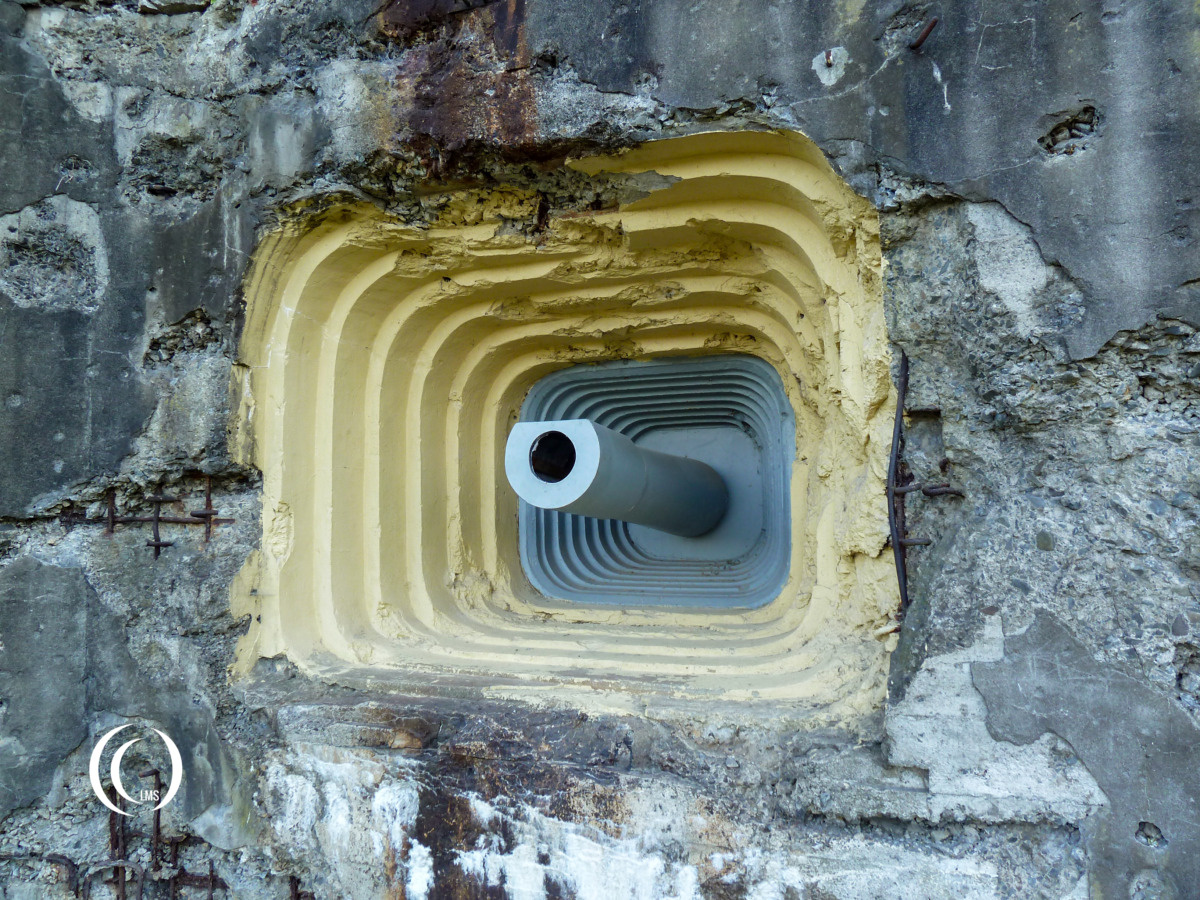






Twin-mounted Maxim Machine Guns
Many casemates of Eben Email were equipped with a twin-mounted, water cooled, Maxim machine gun stand. The effectiveness of the MG stands were highly questionable as the gunner had a very small visor to look at its target.
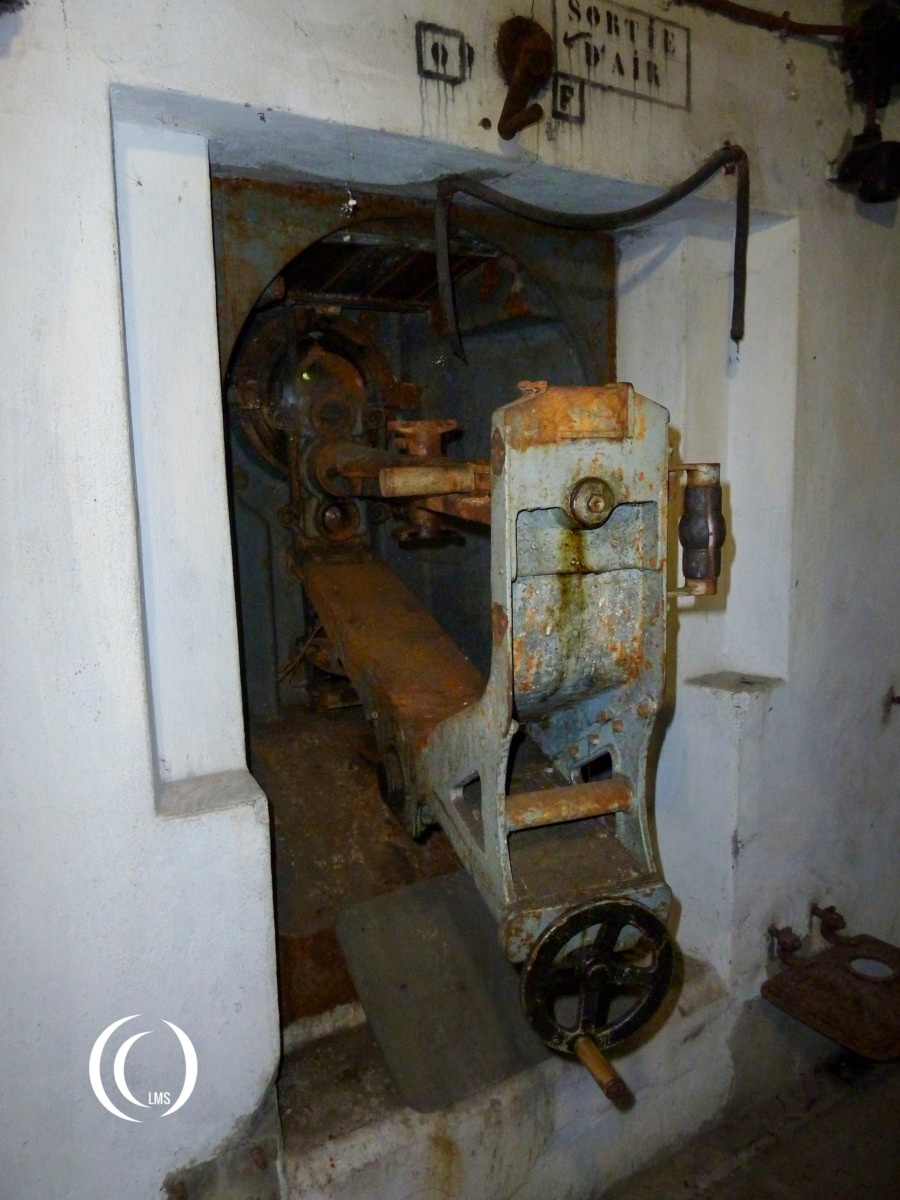
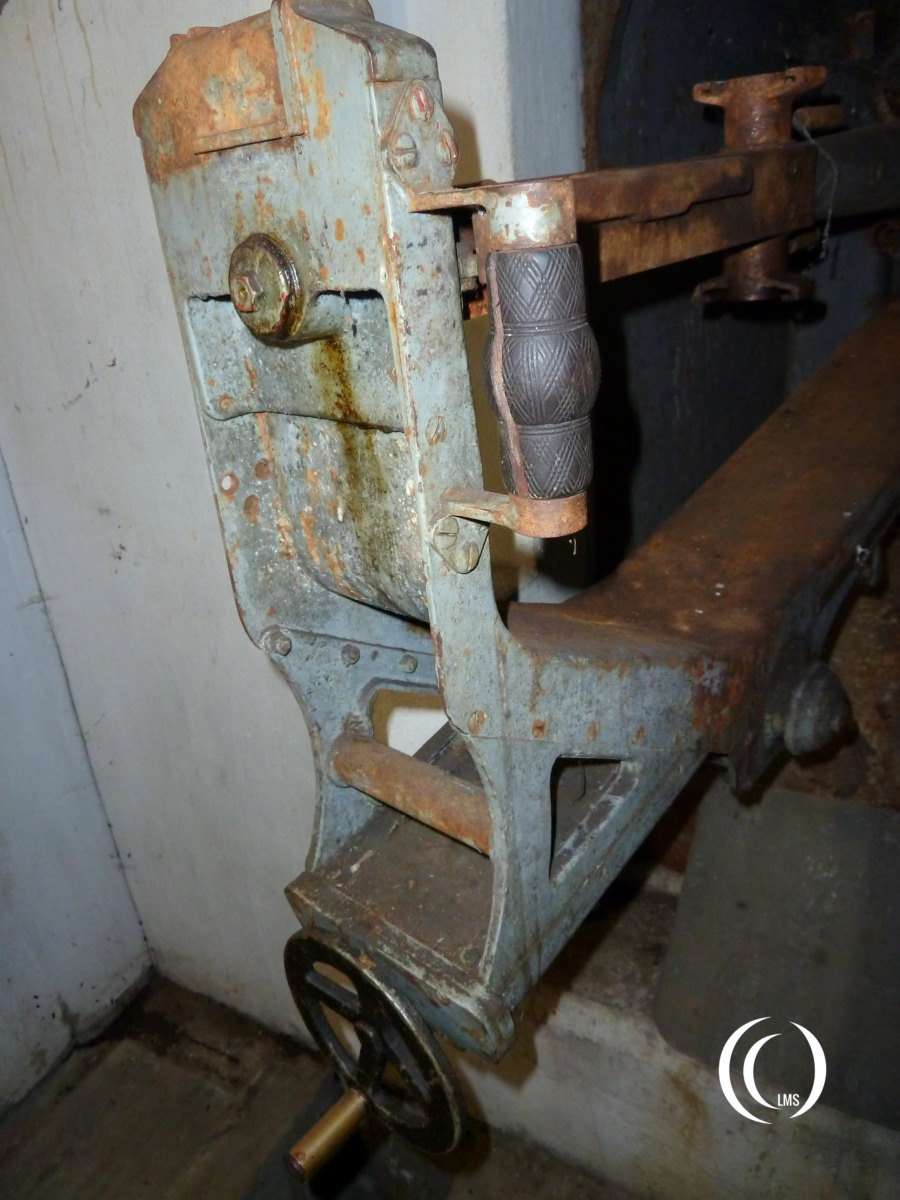
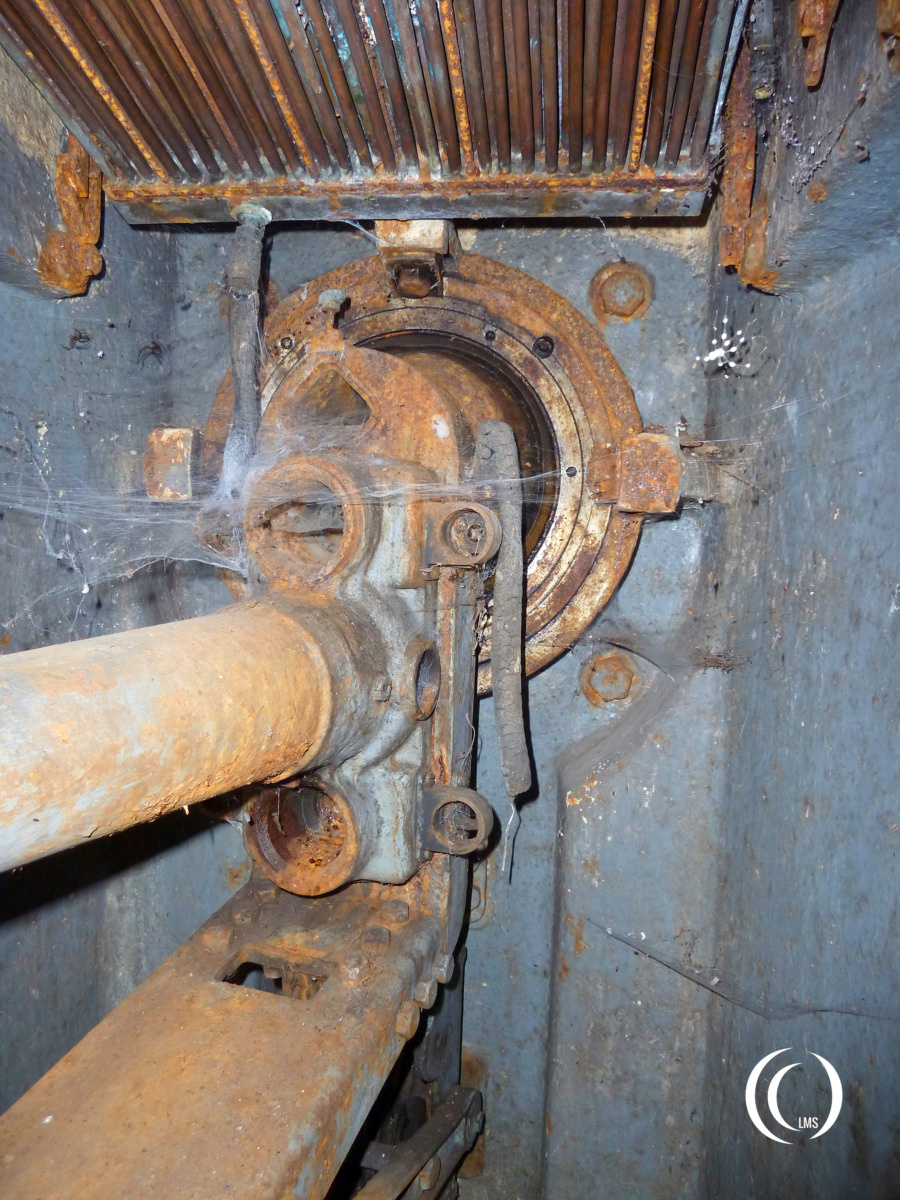
Picture above: the holes under and directly above the center tube are for the Maxim barrels. The triangular hole was the visor for the gunner. This photo also gives a good view of the water cooling system hanging above the ball turret.
FRC C 75 Artillery Gun
Only the Forts of Eben Emael and Battice in the PFL I around the City of Liege were equipped with the heavier Belgian FRC C 75 rapid firing 75mm artillery guns, which gave them a bigger range. Two non-retractible steel cupola’s with a dual set up were on top of the fort and in the casemates they were placed in a triple set-up.
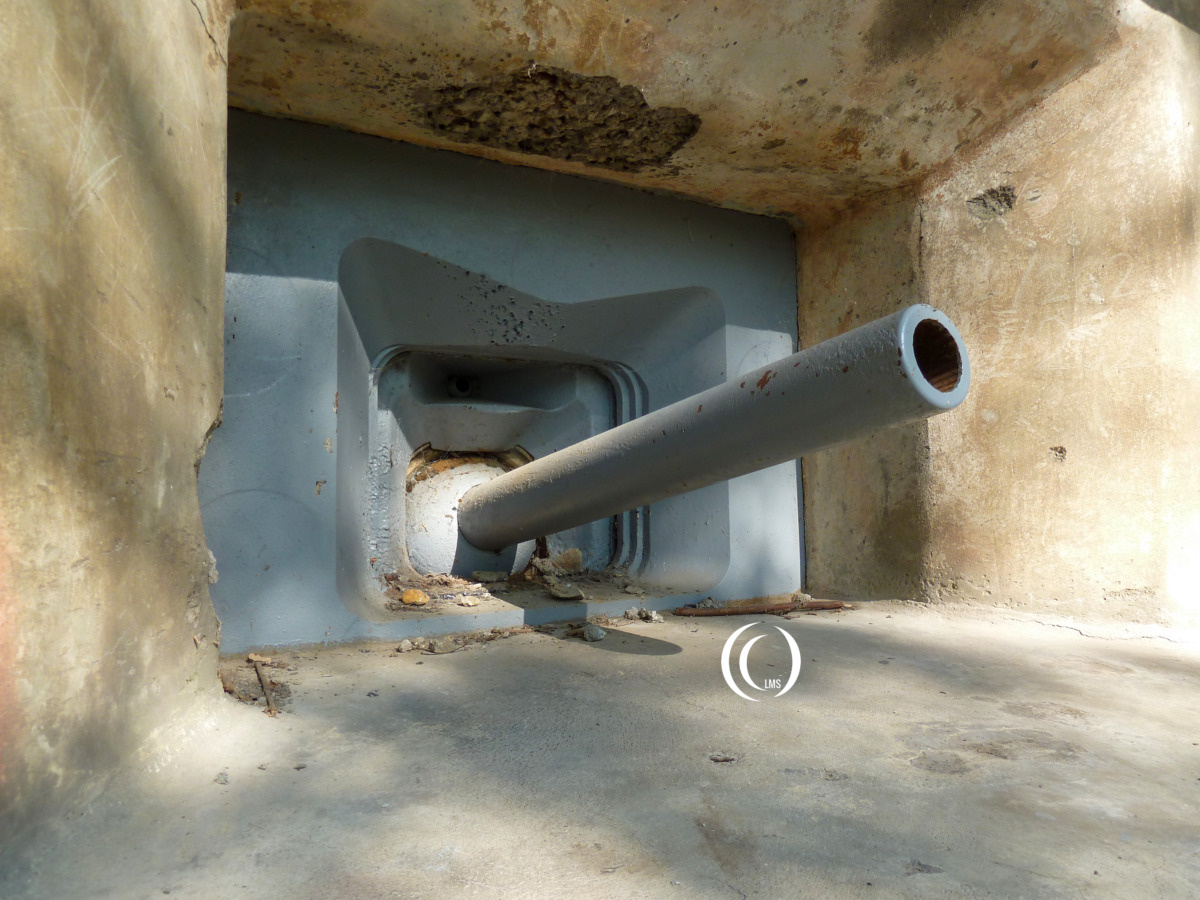




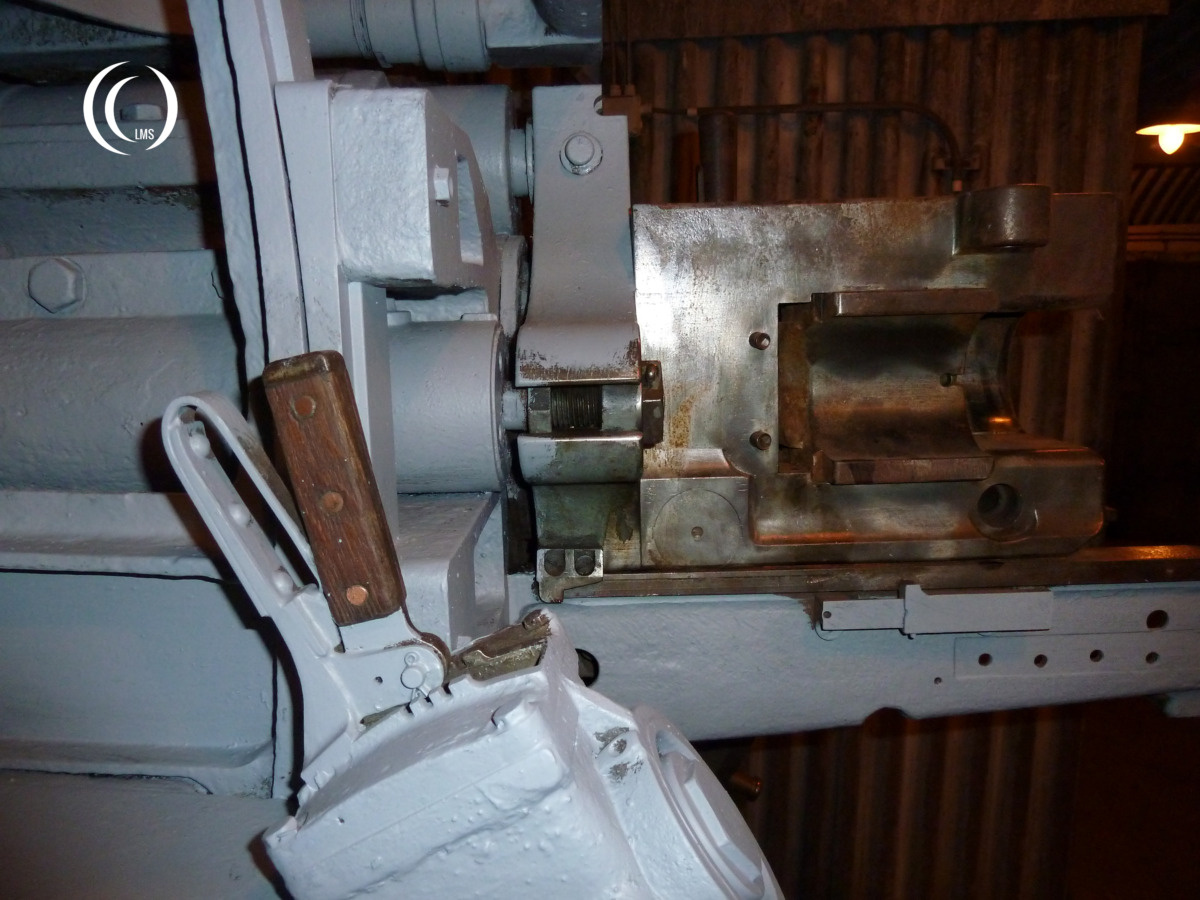

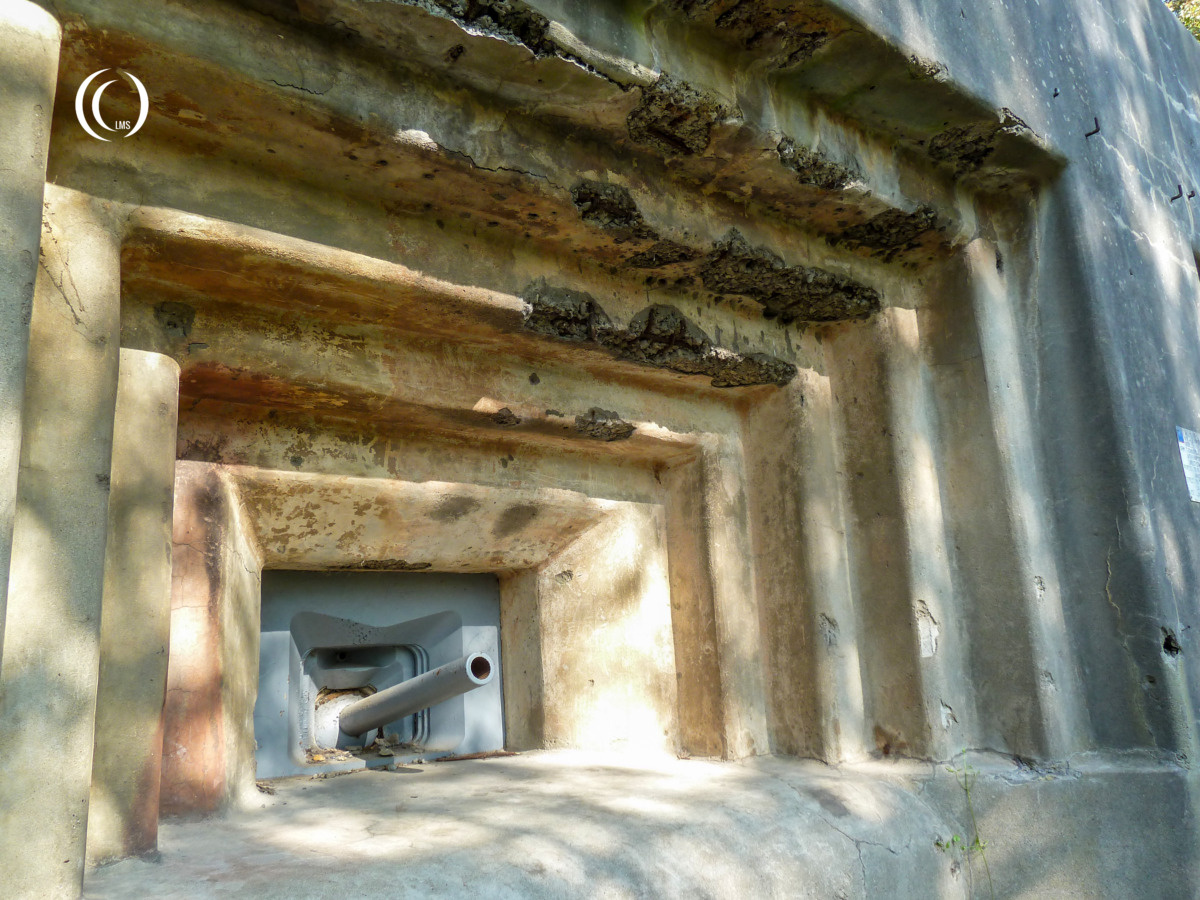



The Battle
Capturing Fort Eben Emael was actually part of a much larger German plan named “Fall Gelb” to invade the Low Countries and France and outflank the Maginot Line. A German elite airborne unit named Sturmabteilung Koch was given the task to take three bridges across the Albert Canal just across the Dutch border and capture the Belgian Fort Eben Emael guarding them.
To do this the unit was divided into four groups; Staffel Granit, Staffel Stahl, Staffel Eisen and Staffel Beton. Each of them got assigned one of the objectives, of which Staffel Granite had to take Fort Eben Emael.
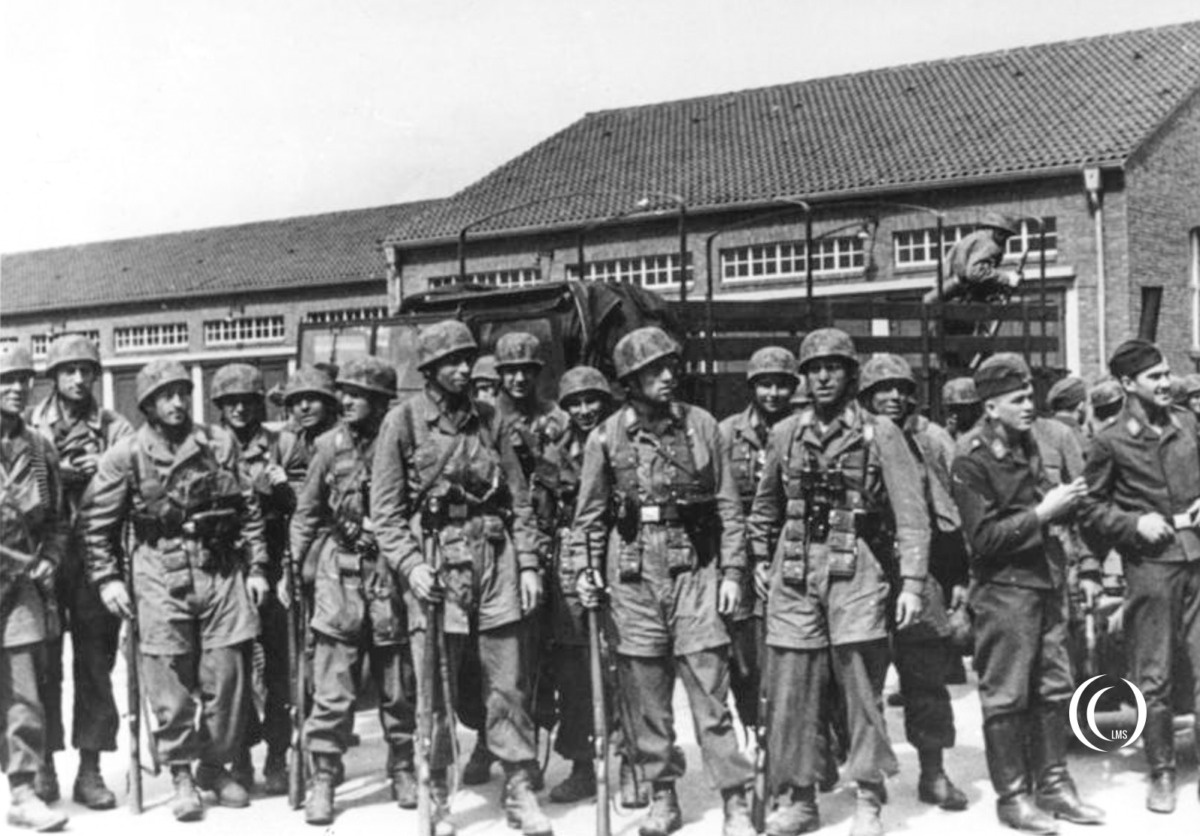
On the 10th of may 1940 the myth of Fort Eben-Emael shatters to pieces with the success of the German Airborne operation. Without a declaration of war, the elite-troops land with their type DFS 230 gliders on the upper plateau of the fort in the early dawn. Only two MG-posts are guarding the plateau and are quickly overpowered in their surprise. It becomes painfully clear how poorly the fort is prepared to defend against an attack from the air.

Once on top of Fort Eben Emael the German attackers introduce a new deadly weapon, the shaped charge. Within fifteen minutes the Germans manage to blow up almost all the observation cupola’s of the defensive blocks and the long range artillery pieces with shaped charges. Great confusion overcomes the Belgian defenders, as the fort is now “blind” and unable to see what is happening above. The airborne troops manage to take the upper section of the fort while pinning down the Belgian garrison in the lower sections.

The other Airborne groups of gliders land simultaneously near the Albert Canal and manage to secure two bridges for the advancing German Army, but cannot prevent that a third is destroyed. The Belgian Army undertakes a few counterattacks to recapture the other two, but without result. After 31 hours Eben Emael’s garrison surrenders to the German attackers. A total of 650 people have died in the battle in and around the fort.
The Power of a Shaped Charge
After having entered one of the abandoned gun casemates on top of the fort, a German soldier goes down the staircase leading to the tunnel system beneath, only to find it unguarded by the Belgian garrison. He places a hollow charge on the steel access doors into the tunnel system at the bottom of the staircase. The soldier himself is lucky enough to get far enough back up the staircase to save him from being killed in the blast, but four Belgian soldiers inside the tunnels die from the resulting pressure wave and several others are wounded.





Outside
On the outside you can visit many different casemates and cupolas around and on top of the fort.
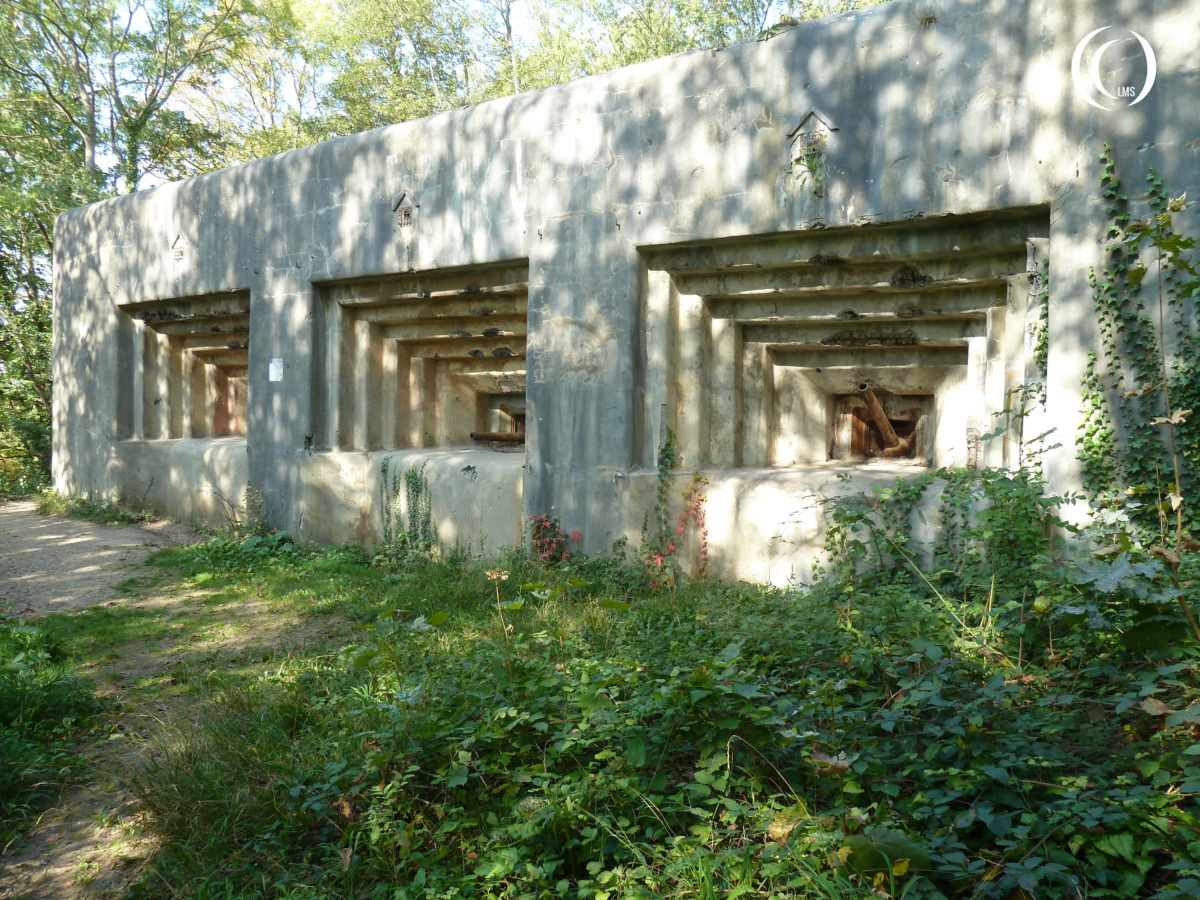
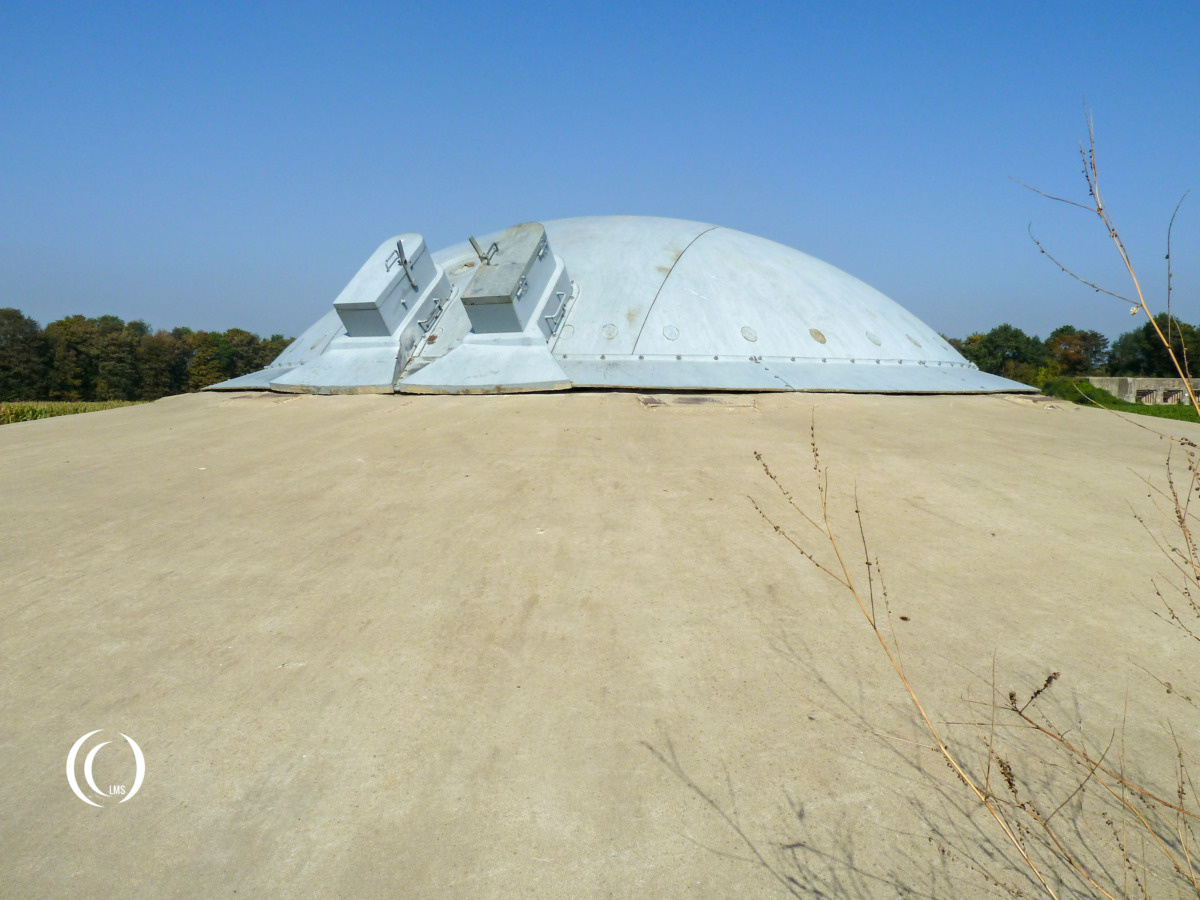

Visit
We have used the possibility to get a private tour by a personal guide. This is a bit more expensive but well worth the cost. The guides at Eben-Emael are well educated and they can tell you loads of interesting stuff. More important: they can take you places the “standard” tour doesn’t cover.

To be honest we found the tour of 4 hours a little bit short. There is so much to see both in and outside but the long distances in between force you to make choices. Apart from the bunkers and endless tunnels, the fort also has an exhibition area with lots of stuff on display, like original examples of the so called shaped charges and a glider plane like the ones used in the attack.
Be sure to take a flashlight, because the lighting in the fort can be a bit dim and if, like us, you are interested in all the small details, it’ll be of great use. The temperature below is around 15 degrees Celsius so take some warm clothing with you. And please, don’t forget the guide before you leave.
Please visit the Fort Eben Emael website for more information.